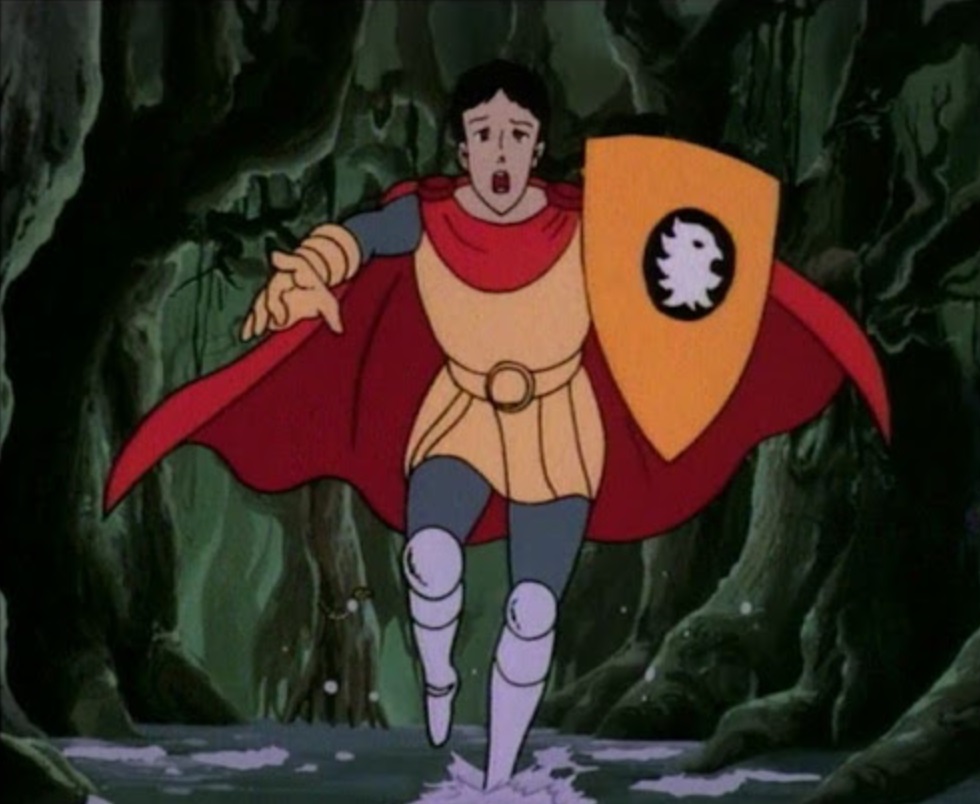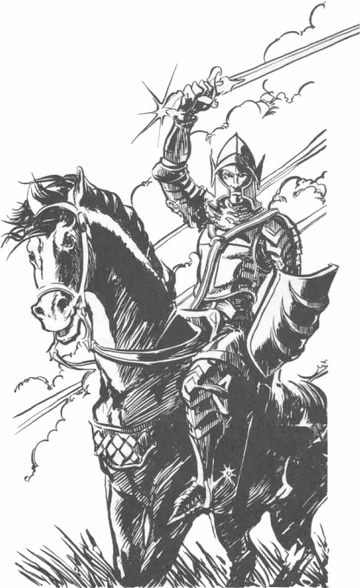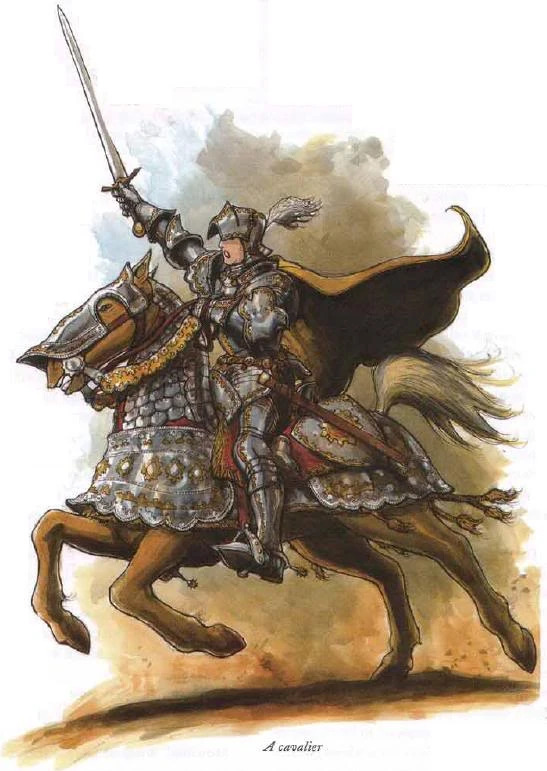The Cavalier Fighter playtest revisits a concept that has been looking for a home since the days of 4th Edition. Does it find new ground?
The Cavalier Fighter as a concept has been around for a while in D&D. In fact, it was originally introduced as a subclass of Fighter back in Dragon #72, and later made official in the 1st Edition book, Unearthed Arcana, which grants D&D’s ‘playtest column’ of today its name. So it’s fitting then that the Cavalier Fighter playtest appears in the latest Unearthed Arcana. It’s a full circle of sorts.
And an interesting one, because back then, just as now, the Cavalier has always had a hard time fitting in with D&D. Though ironically enough, in 1st Edition days, it was because the class was overtuned. In the days of 1E, this class could increase ability scores, had better stuff and skills, and was, in general, better than a Fighter in every way (though it had strict requirements). In the Cavalier Fighter playtest? Well, let’s just say nobody is arguing it’s overpowered.
The Iconic Cavalier (according to the D&D cartoon)
The Cavalier Fighter Playtest – A Long Journey To Marking Your Foes
One of the things that defined early Cavaliers was their ability as a defensive Fighter who would charge in and take on the biggest, most powerful enemy on the field. Then, in the 3rd Edition, they became the “mounted combat” option for players who wanted to focus on doing mounted combat. They were devastating with lances, but unhorsed, not so much.
In the playtest, the Cavalier Fighter is a subclass in search of an identity. It tries to straddle the line of heroic knight in shining armor mounted atop a valiant steed and combat-effective Fighter with a distinct playstyle. Does it pull it off? Well, let’s take a look.
At 3rd level, you gain a few different abilities. You start with the imaginatively named Bonus Proficiency which, shockingly, gives you a bonus proficiency in either Animal Handling, History, Insight, Performance, or Persuasion. Or you can waste it on learning a language instead. You also get Born to the Saddle, which gives you Advantage on saving throws made to not fall off your horse, plus you can dismount swiftly.
But the actual 3rd level feature, the one that gives the class its core identity, is Unwavering Mark. This is a concept first explored in 4th Edition, when any character that was a Defender could “Mark” an enemy, granting their target a penalty to attack anyone other than them. It’s a mechanic you might recognize from MMOs, and that game-y quality is why it was decried so by players at the time. But it’s stuck around. And it’s better than ever in this incarnation.
With your Unwavering Mark, you hit a creature with a Melee weapon and mark them until the end of your next turn. Marked creatures have Disadvantaged on attack rolls against creatures other than you. And if they hit someone other than you, you have attack rolls on them. It’s a great benefit, and a way to make sure that enemies are focused on you. But it only works as long as they’re within 5 feet of you, so even if you use a polearm or something else with reach, you have to be close. And if they leave? Well that penalty goes away.
Still, conceptually, this is great. It defines the Cavalier as someone who can protect their party. And with no limits on how often you can use it?
The Best Defense Is A Good Offense And The Cavalier Doesn’t Have That
At higher levels, the Cavalier Fighter playtest makes fewer changes. And I think the subclass is poorer for it. The 7th level feature, Warding Maneuver, is a prime example of this. It works exactly as it did in Xanathar’s Guide with all the same bummer limitations. It’s a good ability: you gain a reaction that lets you add 1d8 to a creature’s AC and if the attack hits, the creature has Resistance against the damage. But it’s so so limited. You only get your Con modifier in uses per Long Rest.
At 10th level you get Hold the Line, which is like the Sentinel Feat in many ways. Creatures provoke an Opportunity Attack whenever they move 5 feet or more while within your reach. Anyone you hit has their speed reduced to 0 until the end of the turn. It’s like having Sentinel and Polearm Master’s Attack of Opportunity features combined.
At 15th level, Ferocious Charger is supposed to be “buffed” according to the designers. But it actually is a nerf, if you read it carefully. It used to be that if you moved 10 feet or more in a straight line before attacking someone, they had to save or be knocked prone. Now, instead, you gain 10 feet of bonus movement to you and your mount, and any time you move within five feet of a creature they have to save or be knocked prone – but this only happens during the first round of combat. A huge loss in terms of offensive capabilities.
Finally Vigilant Defender gives you unlimited Opportunity Attacks. And it’s cool and all, especially since the Cavalier is so good at it. But it comes in at 18th level. I feel like there’s a version of the Cavalier that specializes in Reaction attacks/defenses. There’s so much interesting kit there. But the current Cavalier Fighter playtest doesn’t really take any risks with it. And as a result it feels weaker.
But that’s just my opinion. Your mileage may vary. Either way, you should definitely let WotC know what you think. The playtest and survey are linked below!
Time to be very Cavalier about the Cavalier Fighter playtest!
Don’t Miss:
Read more at this site





